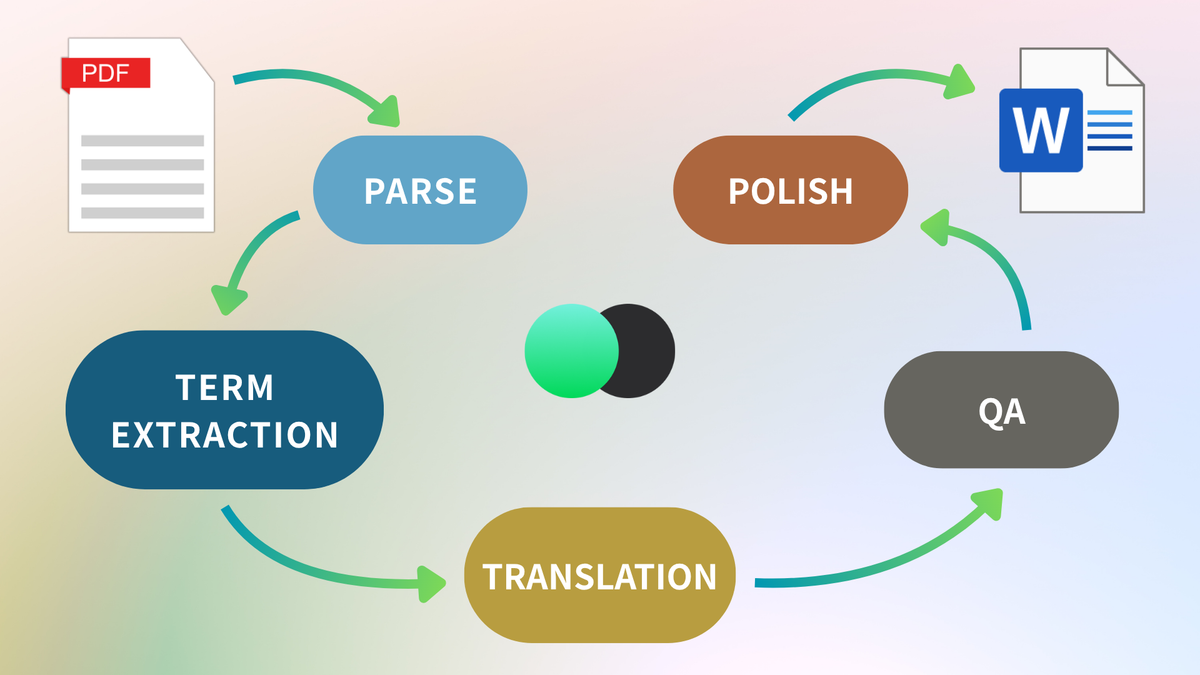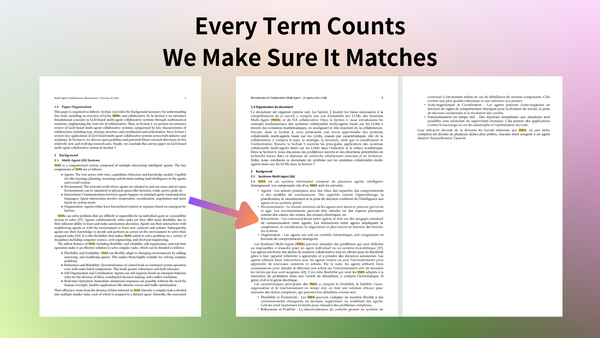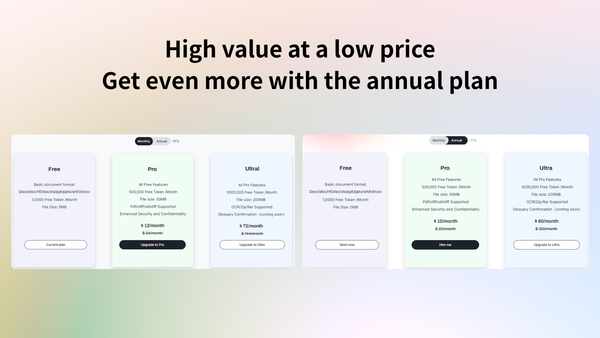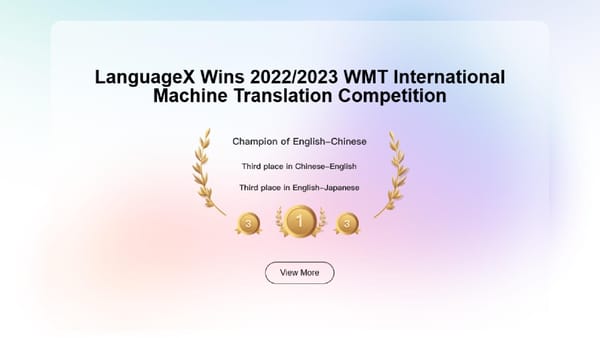Not Just a Tool: How LanguageX Uses Specialized Agents to Reimagine Document Translation

How LanguageX Stands Apart from Traditional Document Translation Tools
To the casual user, LanguageX may look like just another online document translation tool. Upload a file, get a translation. Simple. Fast. Familiar.But underneath the hood, LanguageX is doing something entirely different.What you’re interacting with isn’t a single-function model, but a distributed AI agent system, where each stage of the translation process is handled by a dedicated, specialized agent, just like roles in a professional localization team.
Why We Built an Agent-Based System
Most translation tools rely on a straightforward pipeline: extract text, run it through a model, and paste the result back. While efficient, this process overlooks a critical truth. That is, high-quality translation is not a one-step task, especially for structured documents like PDFs, technical manuals, or tagged files.That’s where LanguageX takes a different path. Instead of one-size-fits-all processing, it orchestrates a network of intelligent agents, each focused on a specific task, including text extraction, terminology, formatting, QA, and delivery—mirroring the classic localization project workflow.This modular design lets us build not just a “translation result,” but a reliable, review-ready document, with structure, semantics, and quality assurance all in place.
From Upload to Delivery: Agents at Every Step
Behind the scenes, the journey of your document looks something like this:
- Content Understanding & Preparation
The process begins with structure-aware agents analyzing your document by identifying repetitive blocks, protecting embedded tags, and grouping content logically. These agents ensure we’re not just translating sentences in isolation, but understanding the document’s internal logic.
- Terminology & Style Handling
Next, terminology agents come into play—identifying domain-specific terms and normalizing them across the file. Whether you're working in life sciences or legal, this step guarantees consistency and reduces ambiguity from the start.
- Translation with Context
At the heart of the system are translation agents that don’t just operate at sentence level—they consider the structural and semantic context of surrounding content. These agents aim for not just accuracy, but narrative coherence.
- Post-processing & QA
Once the raw translation is ready, formatting agents intelligently restore layout, fix nesting issues, and maintain tag integrity. QA agents then run validation checks and semantic consistency reviews—simulating what a project manager or language lead might do before delivery.
- Packaging & Version Control
Finally, delivery agents assemble the reviewed output, apply version tracking, and package the final document. You don’t get a loose file, instead, you get a clean, organized result, ready to use or deliver downstream.
More Than Automation, it’s Coordination
What sets LanguageX apart isn’t that it automates translation—many tools do that.What makes it different is how it coordinates specialized agents to handle complexity, from documents with rich formatting and structured tags, to files with glossary-dependent terminology and variable QA expectations.In essence, LanguageX doesn’t just “translate a file”, it mimics the work of a localization project team, using intelligent agents to scale the same rigor and control to every document, at any volume.So the next time you upload a file to LanguageX, remember: you’re not just using a tool. You’re activating a team of agents, working in sync to deliver your content with care.




